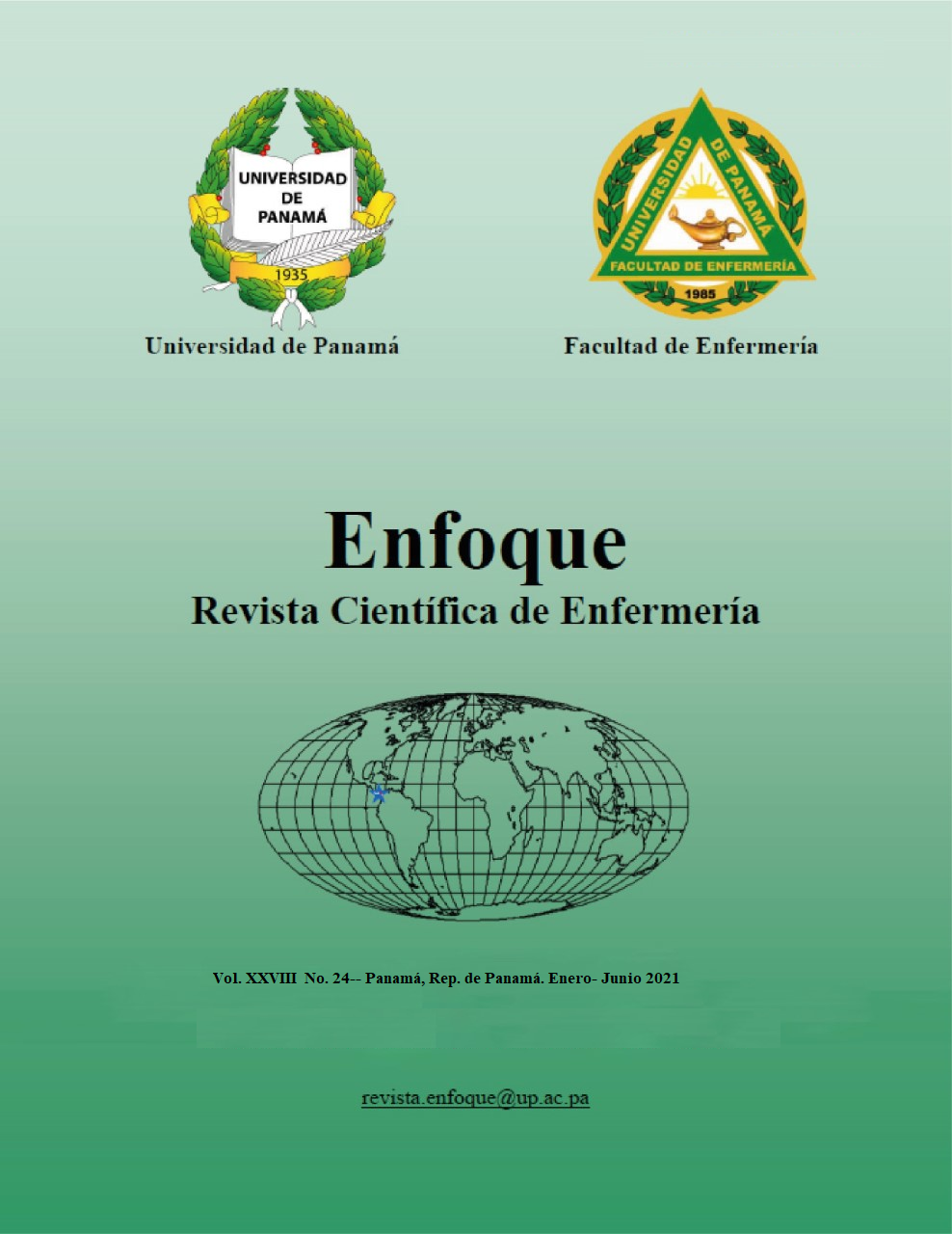

The objective of the study was to analyze the labor factors involved in accidents to healthcare workers caused by sharp objects.
Methodology: This was an analytical, cross-sectional and retrospective study.To obtain the sample, a level of certainty of 95% was used, with a precision of 0.05; therefore, the sample was 334 participants, which was stratified by occupation. A questionnaire of 10 questions (open and closed) was applied. The risk factor was determined through the calculation of the ratio of crossed products (OR) and the confidence interval (CI) in 2x2 tables. The statistical significance was demonstrated with the Chi Square test (X2) with a confidence level of 95%, a degree of freedom equal to 3.84 and a p value of 0.05.
Results: The highest number of accidents were due to needles (34.6%); The results that demonstrated statistical significance and that constituted a risk factor were: the age of 20-33 years (OR> 1, p <0.05), the male sex (OR = 2.39, CI = 1.45-. 93 ), the doctors (OR = 4.04, CI = 2.43.6.70), 1-6 years of service (OR = 1.96, CI = 1.23-3.12), a very stressful workload (OR = 1.92, CI = 1.08-3.43), working from 12 to 16 hours (OR = 3.90, CI = 2.30-6.59) and the operating room (OR = 4 , 58, CI = 1.56-13.44).
Conclusions: The stressful and very stressful workload turned out to be a risk factor causing sharps injuries, and the normal workload turned out to be a protective factor.
The operating room is a risk factor for recurrent sharps injuries, while the clinical and surgical rooms are a protective factor.